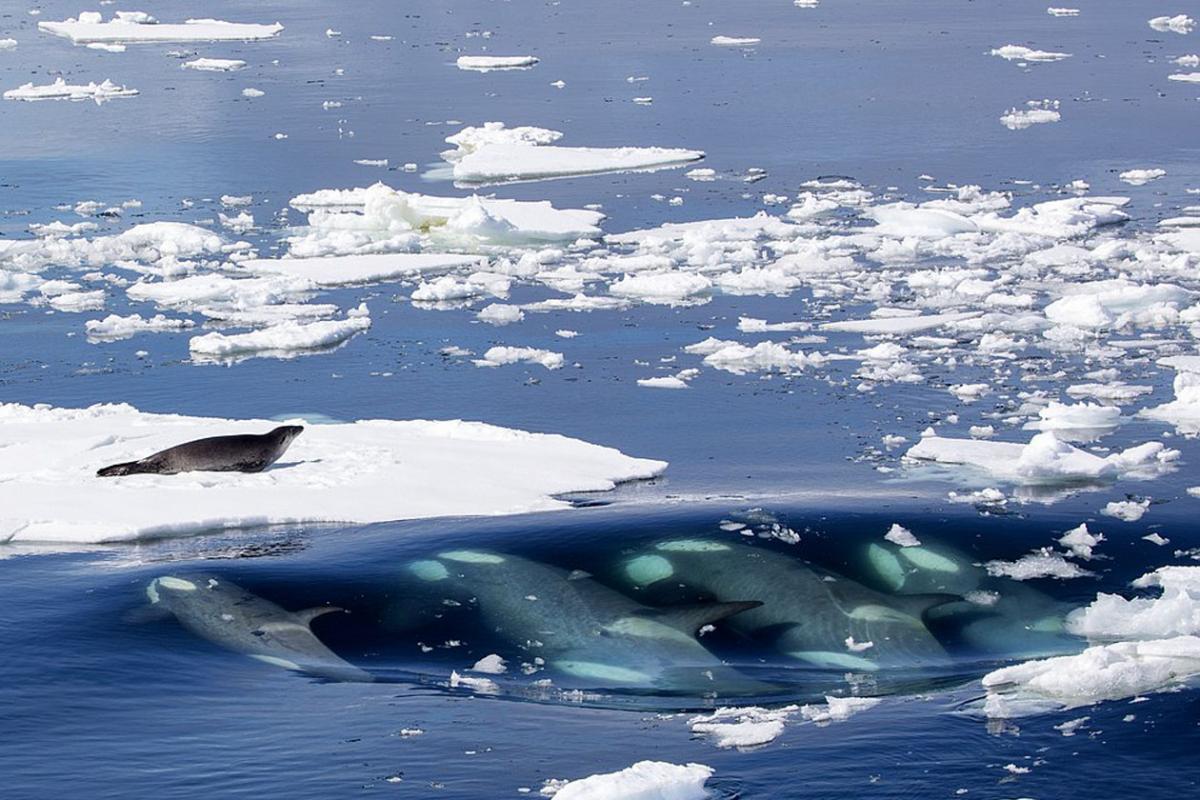Y: That’s a funny-looking brush, Don.
D: Oh, this thing—apparently it’s for scrubbing off dead skin cells, Yaël. I got it as a gift.
Y: You know, some animals go to great lengths to exfoliate. Some scientists think that the reason some whales species make their long migrations is to shed their skin.
D: It’s not to feed or give birth?
Y: Those are possibilities too, but they may not be true for all whale species. A research team studying Antarctic killer whale migrations observed that the whales take quick, non-stop routes, which suggests there’s little to no feeding during migrations. The scientists also took pictures of newborn killer whale calves in Antarctica, proving that it’s possible to give birth in Antarctic waters. Why go through the trouble of migrating to give birth if it’s not necessary? Maybe because the migration isn’t to give birth at all, but to molt. All birds and mammals regularly shed their skin, but it’s difficult to do in the freezing waters of Antarctica, where keeping warm is top priority. To conserve body heat, Antarctic killer whales may divert blood flow away from their skin, which reduces the regeneration of their skin cells, and so halts the molting process. By migrating to warmer waters, the whales don’t have to worry about staying warm anymore, so they can finally shed their skin. It’s possible that Antarctic killer whales began making their migrations to keep their skin healthy, and then found that giving birth in warmer, tropical waters was more advantageous.
D: You think I should add scrubbing off dead skin to my beauty routine?
Y: If the largest mammals on Earth do it, that’s a pretty big endorsement.









